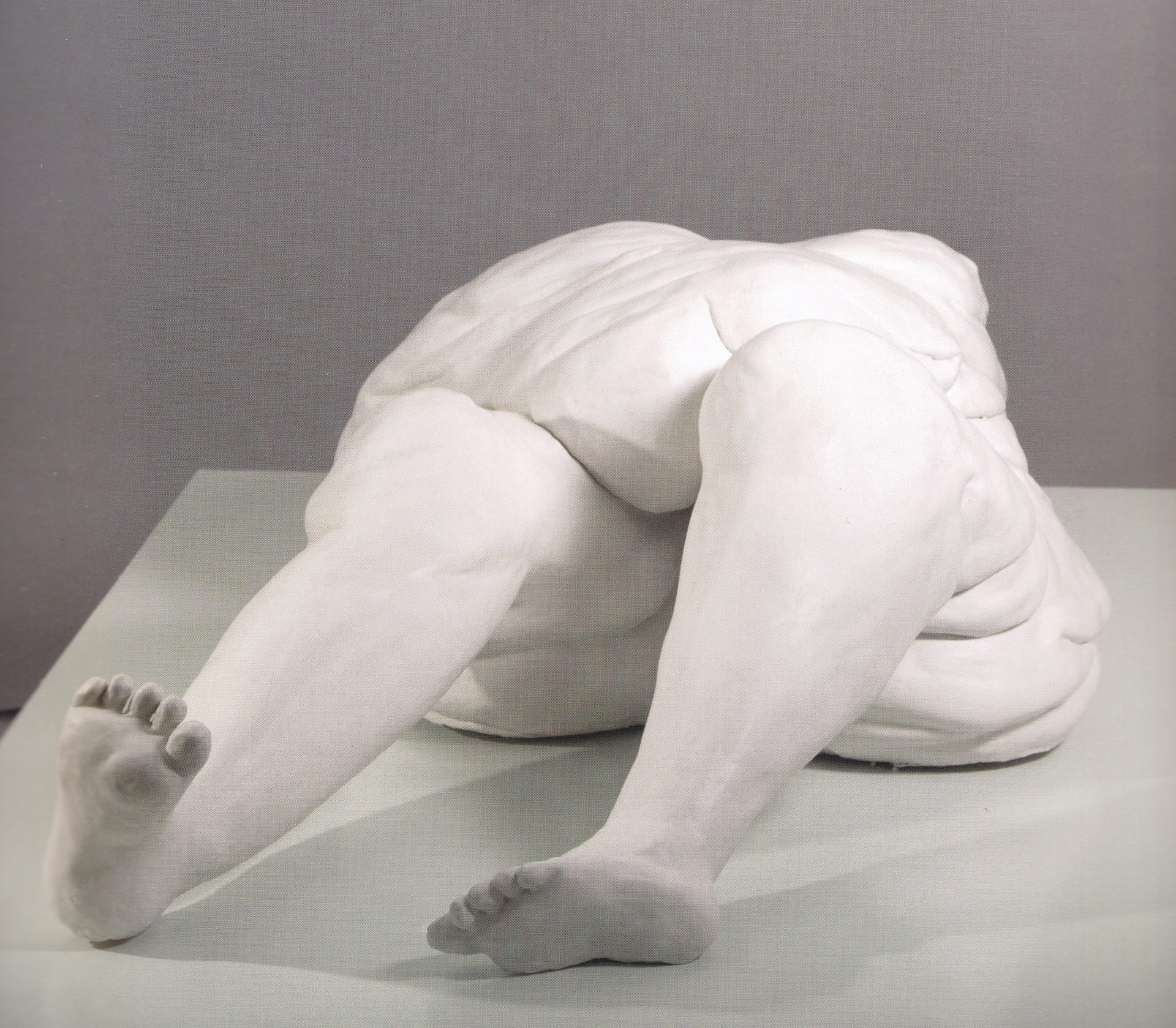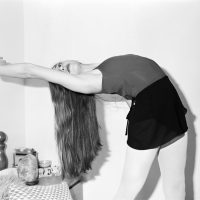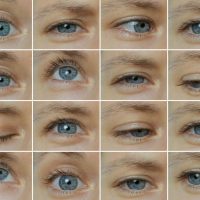Mariken Wessels is an artist based in Amsterdam.
*****Please consider supporting this episode by making a donation. every donation goes to bringing more episodes to light*****
Episode 43: Mariken Wessels is an artists whose work crosses between the photographic, the sculptural and the archival. She is known for her deep investigations into photographic myth and she often re-purposes the vernacular image of photography to create new and bold works which subsequently challenge the first readings we have of such material.
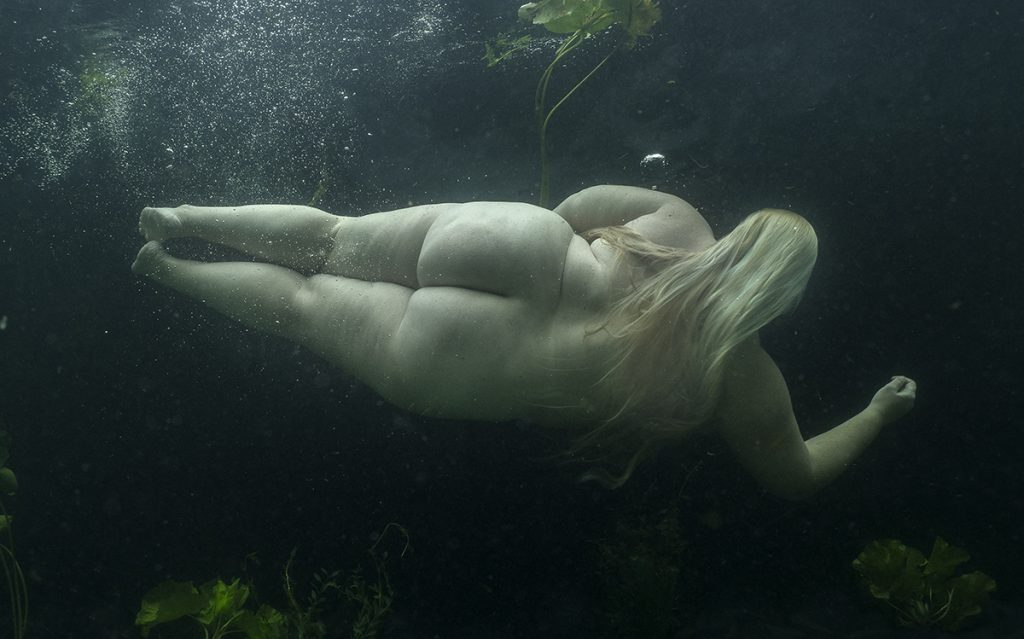
Her new book Miss Cox explores the work of Edweard Muybridge and his use of models for his book “Animal Locomotion” that was produced by Muybridge with the financial encouragement of Leland Stanford. “Model 20” or “Miss Cox” is an enigma. Muybridge did not record the personal information of his female models, yet made copious notes of his male subjects. Miss Cox represents the enigma of form and mythical identity that piqued Mariken’s imagination when she purchased plate 268 from “Animal Locomotion” from a auction house. When you view the image, which is entitled “Arising from the ground” (plate 268), you are left with a sense of the surreal embodiment of the intersection of text (title) and image (grid of Miss Cox) that encourages further questions between the relationship between the model and author, Muybridge. Her size is the first thing you notice, but then other questions pervade the reading, such as the reasons for Muybridge’s choice of model and also perhaps the possible reasons as to why he wanted to expose the vulnerability of her form from a prostrate condition. Muybridge, no matter your take on his efforts was no stranger to sadism. He had murdered his wife’s lover in 1874.

Mariken’s work is more than a simple story about a murdering photographer and an unknown and therefore unacknowledged model in Miss Cox. There is a sincerity involved drumming up those enigmatic pursuits, but what interests Mariken apart from the obvious is an interest in form and how to make the form found in a historic photograph physical, “real” and material. Her pursuit of this has led her to composite the form of an idea of Miss Cox through contemporary models to physical sculpture. She made studies of these models and then the sculptures made from their form in the manner of George Segal or perhaps Berlinde de Bruyckere are part of the result as well as her photographic studies. The results are curious and ultimately display a concern for history, femininity and form.
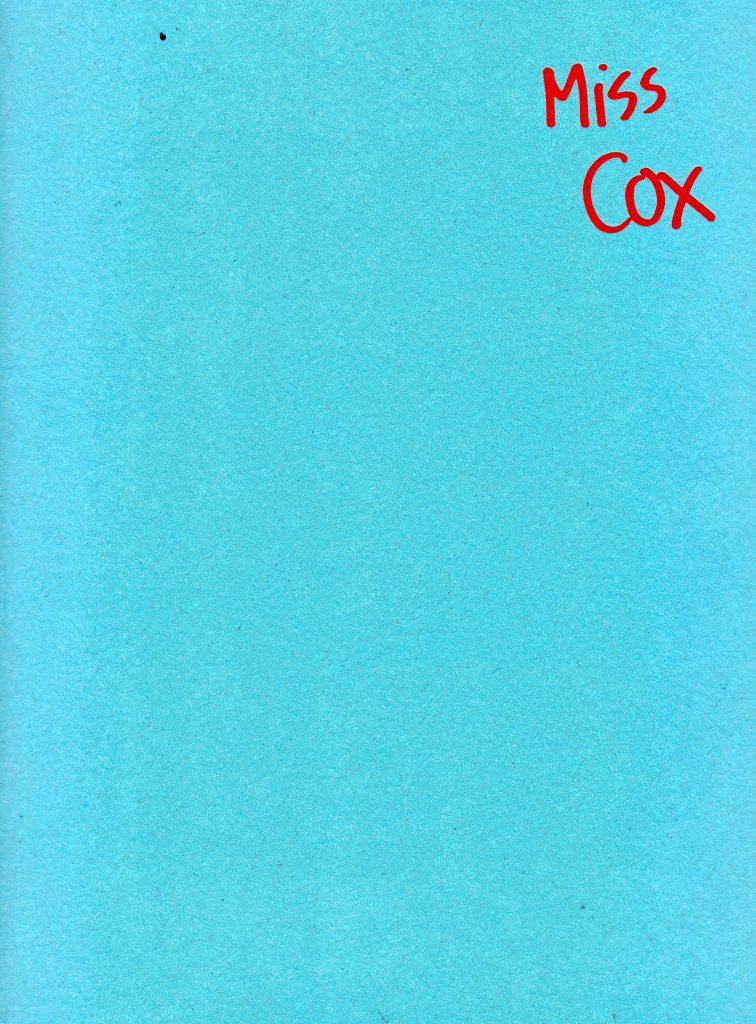
The book Miss Cox, published by Fw: Books and designed by the eminent designer Hans Gremmen is a phenomenal artefact. I employ the word artefact as I am reminded of Francis Bacon’s studio (for obvious Muybridge connection reasons) and the pieces found within. Mariken gives us insight into her process through the images of her studio. Instead of simply showing the final product, you are led on a journey through her concerns both photographic and sculptural. She shows you in effect the mechanics of her ideas and production throughout. This is brave and honest and something sadly lacking in contemporary practice. The book is fresh, beautifully designed and will be on my end of year list.
Special Shout out to Reggie for his help!
